Clos Apalta
[아츠앤컬쳐] 이번에는 와인의 본 고장인 유럽을 떠나 멀고도 매혹적인 나라 칠레로 향해 본다.
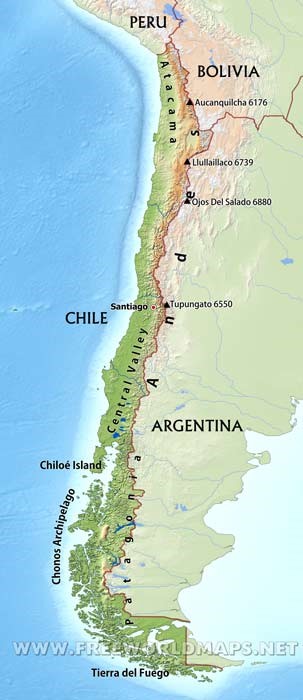
칠레의 지형은 정말 독특하다. 서쪽은 태평양으로 면하고 동쪽은 웅장한 안데스산맥과 접해 있으며 또한, 거의 4,300km에 걸쳐 길게 뻗어 있고 가장 좁은 지점은 그 폭이 160km에 불과하다. 이러한 특별한 자연 지형은 포도 재배에 매우 유리한 환경이다.
남극 기류는 주로 해안을 따라 분포되어 있는 칠레 와인 지역을 서늘하게 만들고, 안데스산맥과 평행한 해안 산맥은 이 추운 날씨로부터 와인을 보호하여 지중해와 같은 기후를 형성한다.

칠레는 와인의 신대륙 중 하나로 이 나라에 포도나무를 소개한 자들은 유럽인이었다. 처음에는 스페인 가톨릭 선교사들이 16세기 중반에 리스탄 프리에토를 비롯한 몇몇 포도나무를 스페인에서 칠레로 들여와 이 지역에 심기 시작했다. 가톨릭 선교사들은 리스탄 프리에토 포도나무를 광범위하게 재배했는데, 이 포도나무는 후에 파이스로 개명되었고, 미사에도 여기에서 생산된 포도주를 사용했다.
그러나 이러한 스페인과의 첫 연결고리에도 불구하고 칠레 와인의 역사를 보면 프랑스의 영향을 가장 많이 받았다. 19세기에 칠레의 부유한 지주들은 프랑스를 여행하면서 보았던 보르도 지역을 본떠서 와인 농장을 짓기 시작하고, 카베르네 소비뇽, 메를로, 까르메네르, 소비뇽 블랑 등의 프랑스 포도를 수입했다.
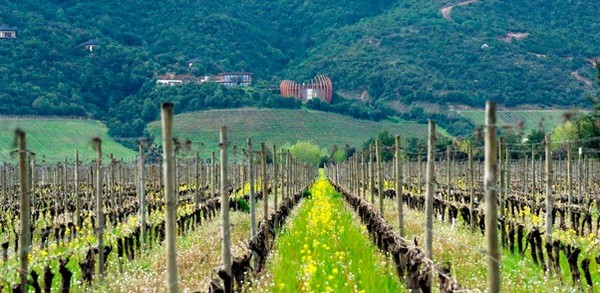
프랑스인의 칠레에 대한 관심은 20세기에도 여전하여, 저명한 와인메이커들이 사업을 시작하기 위해 칠레를 찾았다. 그 중 알렉산드라 마르니에 라포스톨은 그랑 마르니에를 만든 사람의 증손녀로, 화이트와인으로 유명한 루아르 계곡의 프랑스 마을 상세르 출신의 와인 제조업 가문의 일원이다. 그녀는 1994년에 수도 산티아고 남쪽 마을인 산타 크루즈 근처의 콜차구아 계곡에 있는 아팔타 지역의 토지와 포도밭을 구입하며 라포스톨의 역사를 시작한다.
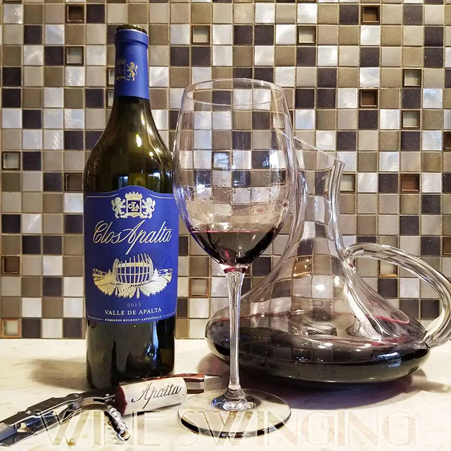
1997년에는 와이너리 라포스톨 끌로 아팔타를 짓고 그녀의 가장 유명한 레드와인 ‘끌로 아팔타’를 만들었다. 까베르네 소비뇽, 까르메네르, 메를로가 어우러진 이 와인은 가넷 색조와 강렬한 붉은 색을 띠며 프랑스 포도의 우아함과 칠레 땅의 너그러움이 결합된 작품이다.

이 끌로 아팔타 와인은 강렬하고 깊은 아로마에 레드커런트, 라즈베리, 야생 딸기의 향을 품고 있다. 맛은 탄닌과 잘 익은 과일이 조화를 이루며 블랙커런트와 감초 향이 난다. 와인은 약 16~18°C에 제공하며, 전통적인 남미식 구이 바비큐인 아사도와 함께, 고기, 치즈, 토마토로 속을 채워 굽거나 또는 튀긴 엠파나다에 숙성된 치즈 및 구운 버섯을 곁들이는 것이 좋다.
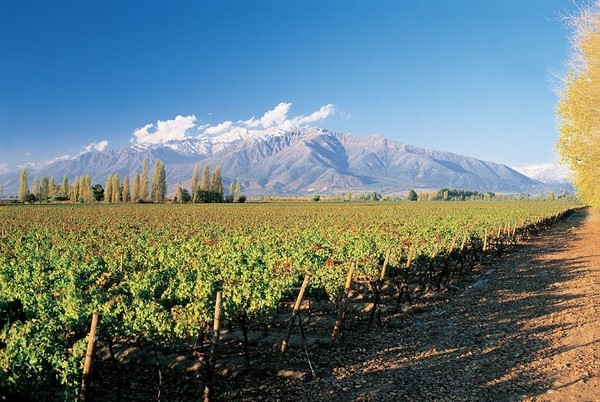
Clos Apalta
This voyage out of Europe, the Old World of wine, concerns a distant, fascinating country: Chile.
The geography of Chile is truly remarkable. Bathed to the west by the Pacific Ocean and bordered to the east by the imposing Andes Range, it stretches for almost 4.300 km, but at its narrowest point it is just 160 km wide. Within these extraordinary natural frames exists a very favorable environment for viticulture.
Antarctic air currents cool the Chilean wine regions located mainly along the coast, while the Coastal Range, parallel to the Andes, protect them from this cold weather, creating a Mediterranean-like climate.
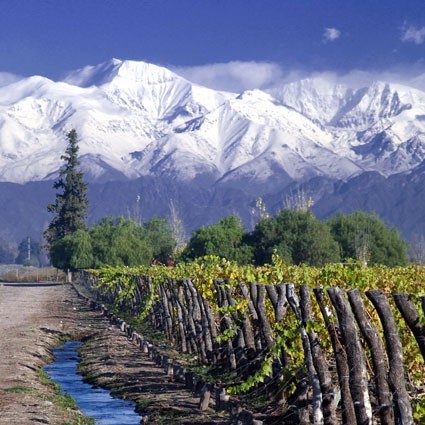
Although Chile is one of the New Worlds of wine, it was the Europeans who introduced vines to this country. At first it was the Spanish catholic missionaries who in the mid-sixteenth century brought some vines, including Listán Prieto, from Spain to Chile as they colonized the region. The catholic missionaries have extensively planted Listán Prieto vine, which was later renamed in Chile as País, and they used the wine made from it to celebrate mass.
Despite this ancient link with Spain, however, Chile’s wine history has been most profoundly influenced by the French. During the nineteenth century, rich Chilean landowners began building wine estates modeled after those in the Bordeaux region that they had visited while traveling to France, and they imported French grapes as Cabernet Sauvignon, Merlot, Carmenère, Sauvignon Blanc.
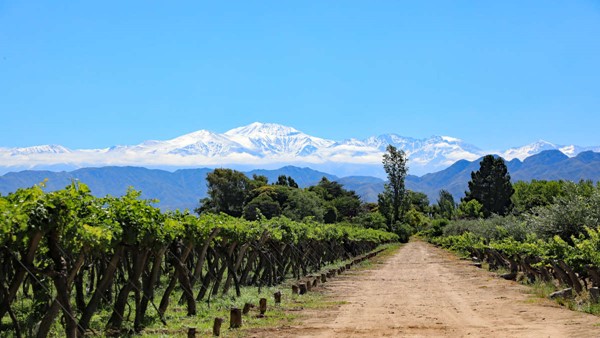
The interest of the French in Chile remained alive even during the twentieth century, when prominent winemakers came to the country to start their business. Among them, there is the story of Alexandra Marnier Lapostolle. Member of a family of winemakers from Sancerre, a French village in the Loire Valley famous for its white wine, she is the great-granddaughter of the creator of the Grand Marnier. In 1994 Alexandra Marnier Lapostolle bought a plot of land and vineyards in the Apalta district, in the Colchagua Valley near to Santa Cruz, a town south of the Chilean capital Santiago.

In 1997 she found her winery, Lapostolle Clos Apalta, and created her most prestigious red wine: Clos Apalta. A blend of Cabernet Sauvignon, Carmenère and Merlot, this wine has an intense red color with garnet hues and combines the elegance of the French grapes with the generosity of the Chilean land.

The aroma is intense, deep with hints of redcurrant, raspberries and wild strawberries. The taste is a good balance between tannins and ripe fruit, with a fragrance of blackcurrant and liquorice.
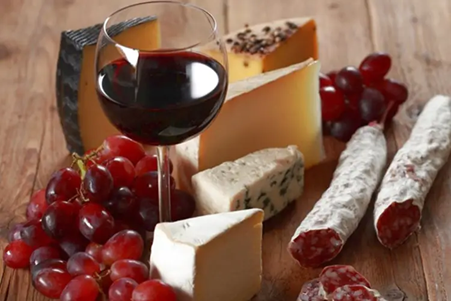
Clos Apalta wine should be served around 16~18°C and pairs with asado, the traditional South American roasted meet barbecue, with empanadas, baked or fried turnover stuffed with meat, cheese and tomatoes, with aged cheeses and grilled mushrooms.

글 | 에밀리아노 펜니지 Emiliano Pennisi
Sogang University lecturer of Italian language
Wine scholar and expert
He attended sommellier courses in Italy

